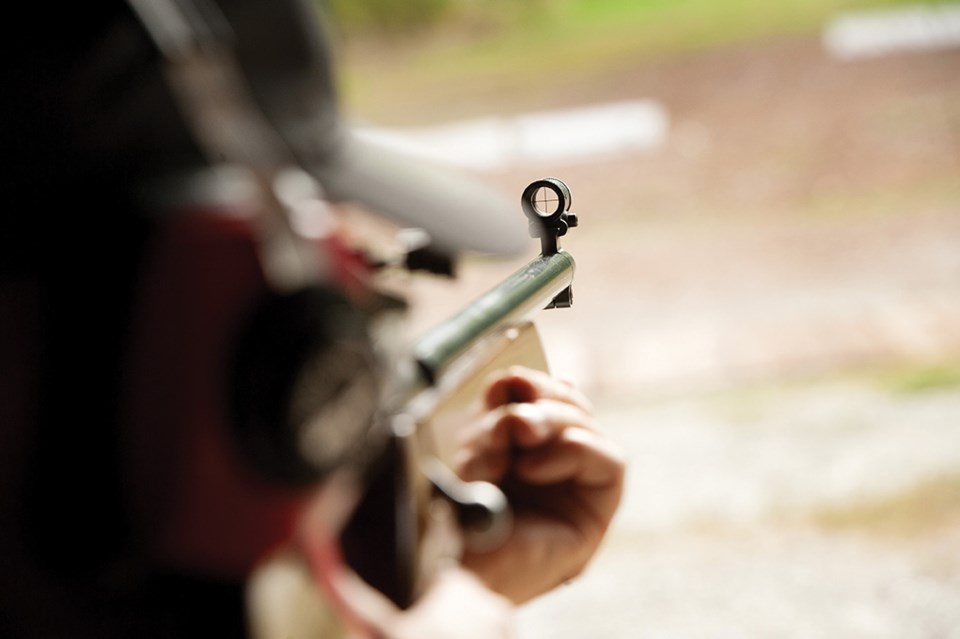A recent study has shown the Squamish Valley Rod and Gun Club creates less of a noise disturbance than some might assume.
“We are way below the acceptable levels,” said Mike Wallace, vice president of the club. The study measured noise levels at various locations in the community from 500 to 2,500 metres from the club, according to the report that resulted from the study.
Tests to determine noise levels were carried out from March to August during the day between 9 a.m. to 9 p.m., when the range was operational.
The average firearm noise found in the study was 50dB.
The provincial maximum level acceptable is 85dB.
The average background noise at sampling locations was 46dB.
“At some sampling points firearm discharge could not be distinguished from background noise,” reads the report.
The highest recorded firearm noise — 79 dB — was at 1,000 metres from the club on the Mamquam Bridge. In that location, the closest home was 400 metres away.
The study also helped confirm what the club executive already knew, which is where the noise travels furthest — up into the Garibaldi Highlands.
“We knew that,” Wallace said. “But when you look at the data we collected, the background noise in most cases is… greater.”
The study was done because the District of Squamish had told the club’s executive that there had been about three complaints about noise.
“One or more complaints was enough for us to look into the situation,” Wallace said.
The District has not received any noise complaints about the Rod and Gun Club in the past six months, according to Christina Moore, the District communications manager.
“The District recognizes that the Rod and Gun Club is making efforts to limit noise and disruptions, and that progress is being made,” wrote Morre in an email to The Chief. “We do not have a formal position beyond that.”
Wallace said he was surprised at the support the club has received from people who saw the noise surveying being done.
“We had all kinds of people coming up to us… and saying, ‘Geez, that is great, you guys. We really have no problems,’” Wallace recalled. “We learned a lot, just by that exercise.”
The executive of the approximately 700-member club plans to reduce noise even further, according to Wallace.
It would be possible to increase the club’s membership to 1,000, Wallace said, noting many more people want to join than the club allows, but that too would increase noise, something the executive isn’t keen to do.
“We don’t want to be bad guys, and for an amount of money… we will just become better neighbours.”
The biggest obstacle to reducing sound emanating from the club comes from shotguns, Wallace noted.
“The reason that range was chosen is the big rock wall, which is a safety factor,” he said, noting that the sound ricochets off the wall. “How do you soundproof a rock wall?”
Some shrubbery and certain species of trees planted near the wall could provide noise absorption, Wallace added.
The shooting sheds at the club can be modified to include sound suppressing materials.
It is going to take a few months to determine what type of materials are best for further noise attenuation, according to Wallace.
“That is what we will be looking at — what would be the most efficient materials, in our application, and determine what the material costs are and what the structural modifications required are and then put it out to a contractor to do the structural modifications.”
Those changes are expected to reduce the decibels by 10 to 20 per cent, Wallace said.



